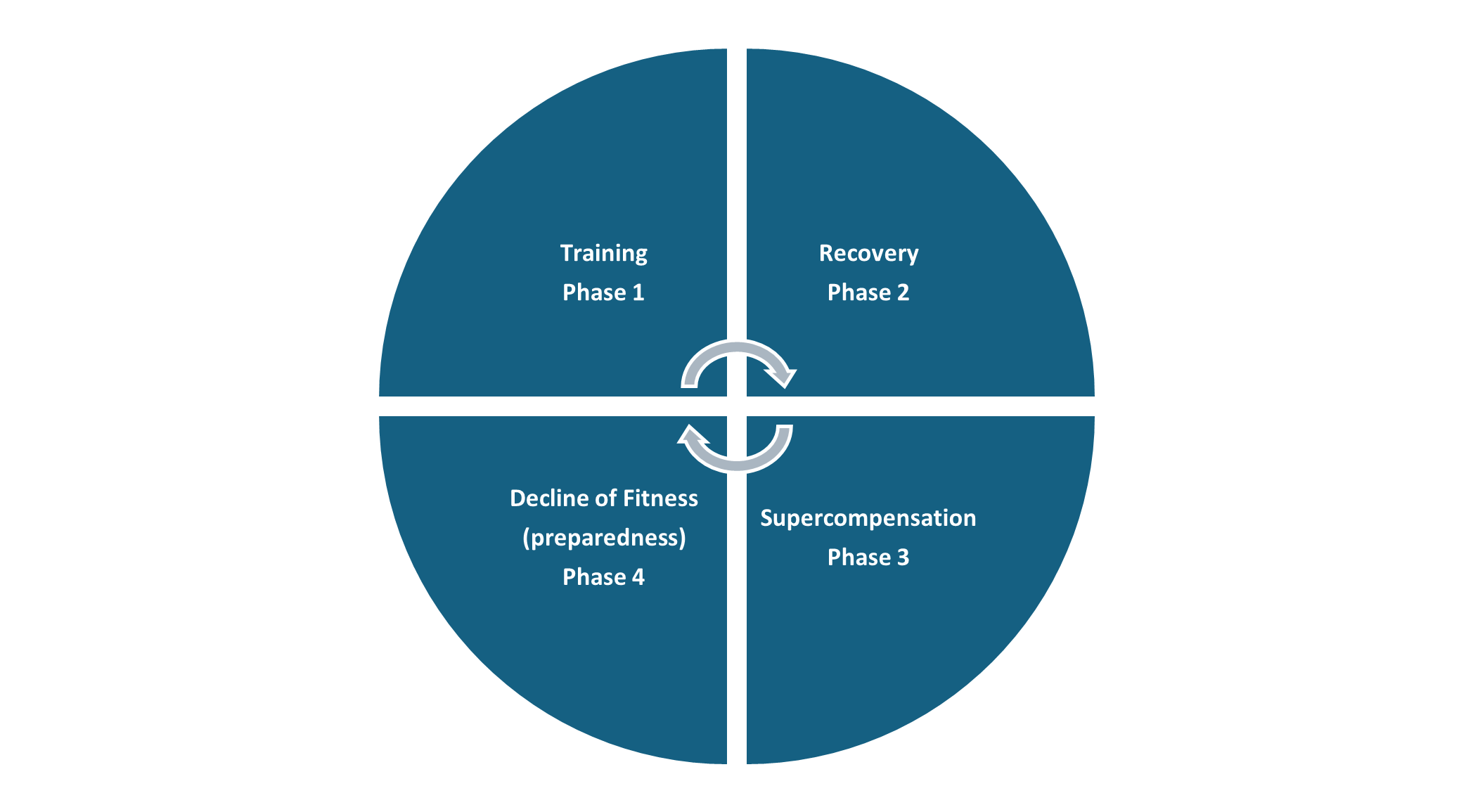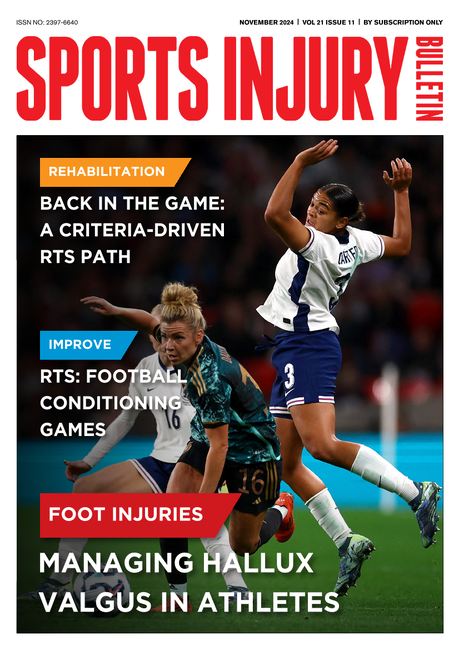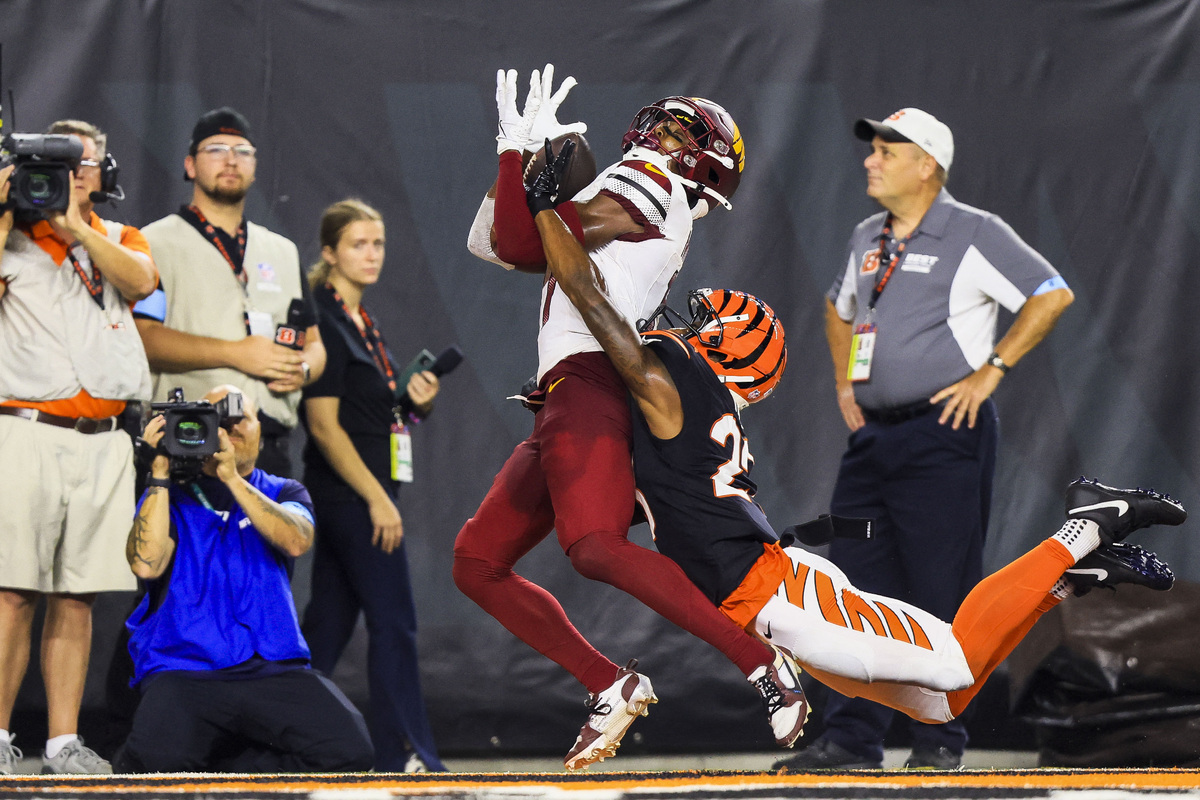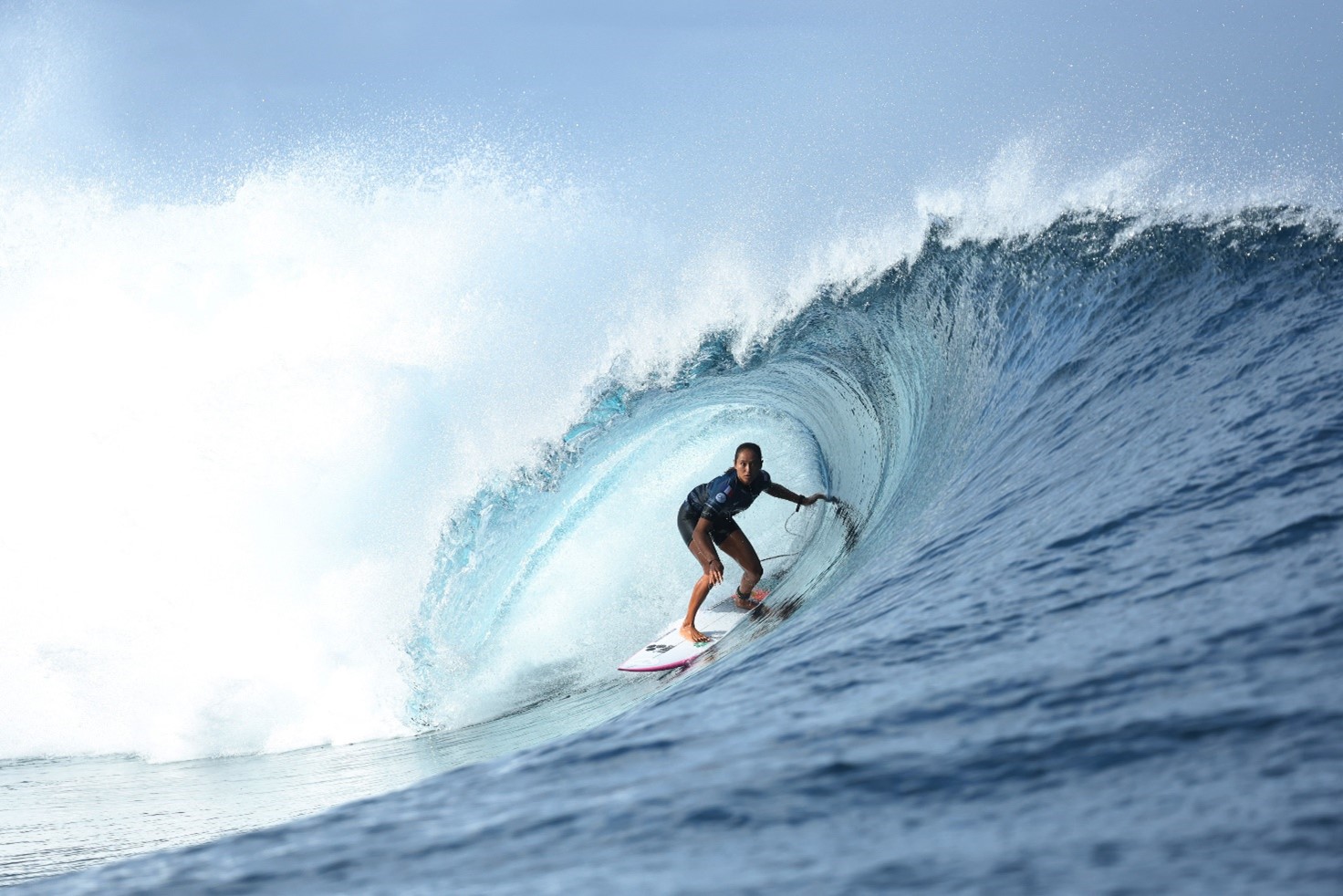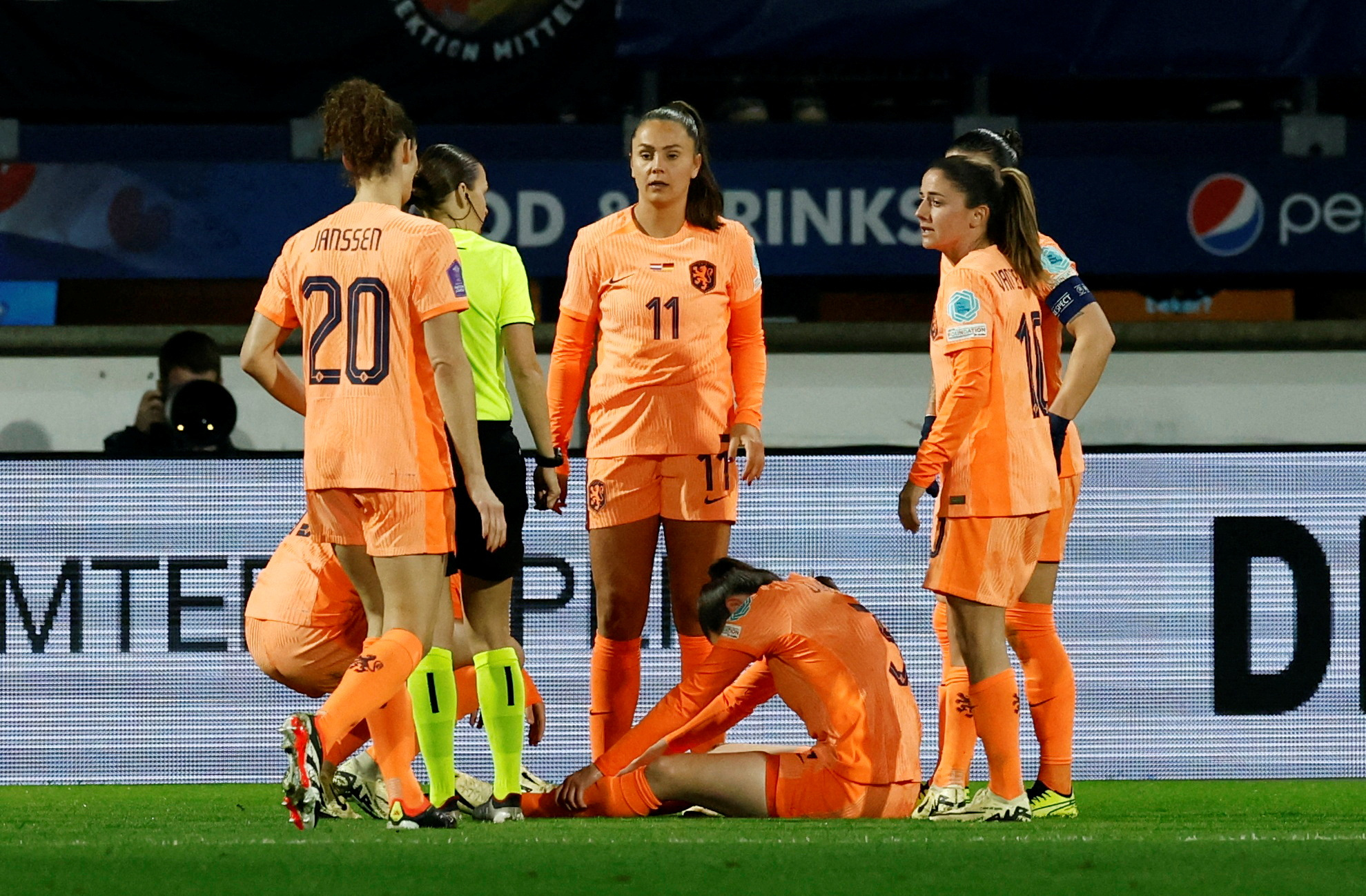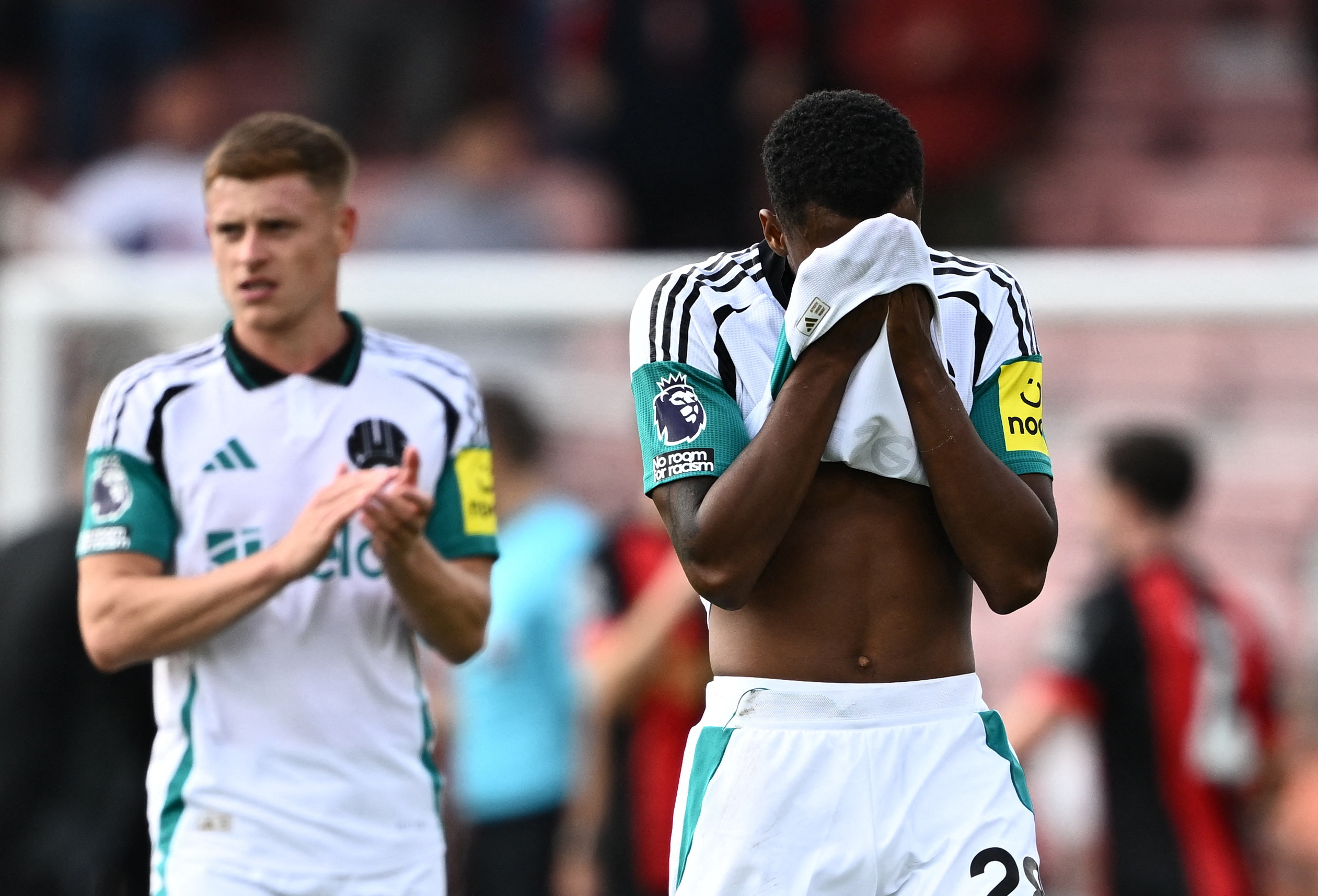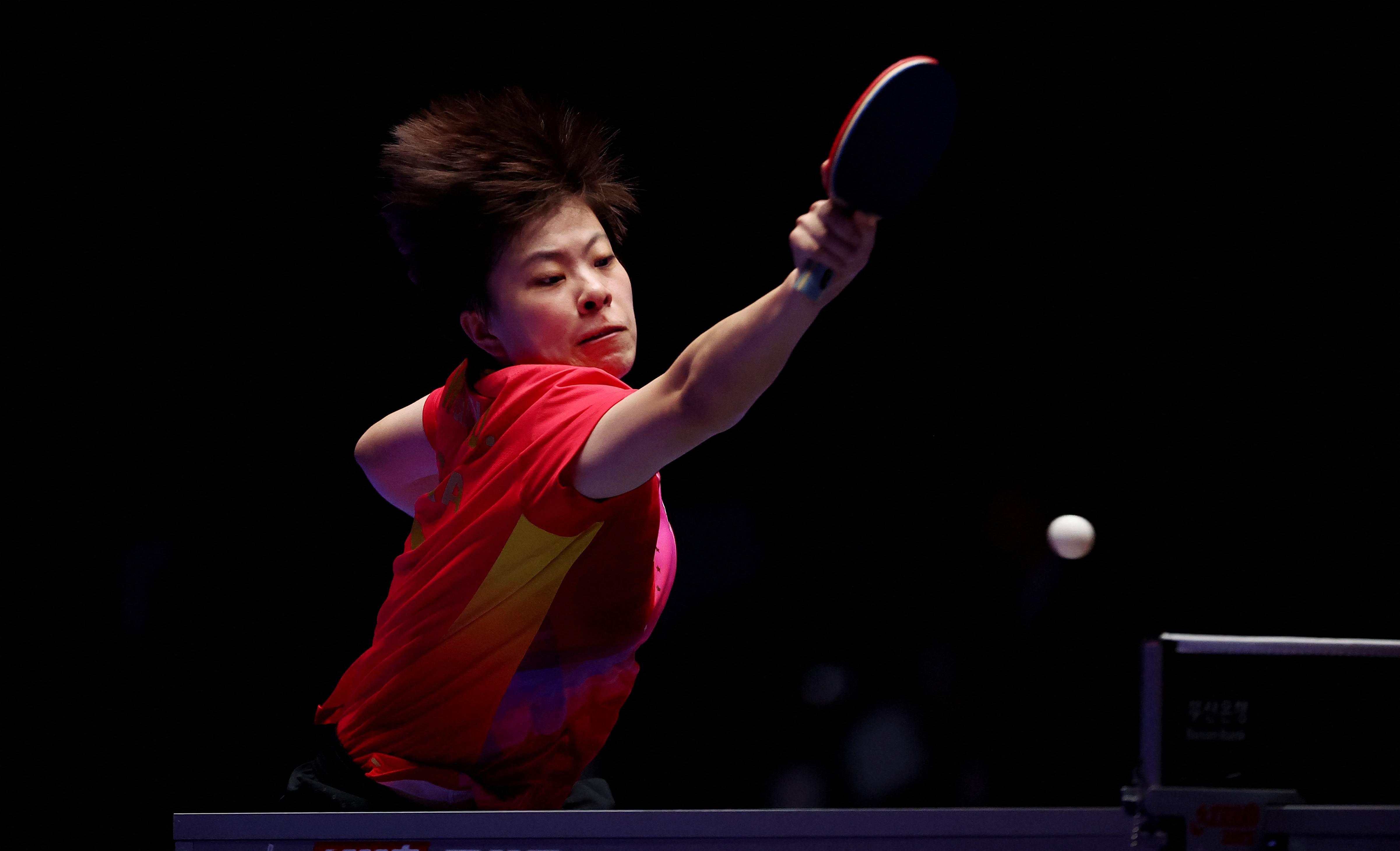You are viewing 1 of your 1 free articles
No Short-cuts: Recover or Else!
As athletes test their endurance boundaries, clinicians must be ready to provide clear, evidence-based recovery information. Falling back on intuition and self-regulation offers a pragmatic and effective fatigue management strategy. However, as these sports grow, clinicians will need more accurate recommendations. Lindsay Harris guides clinicians along this long and undiscovered path.
Great Britain’s Elizabeth Deignan is in action at Ramsbottom Rake during the final stage. REUTERS/Molly Darlington.
Ultra-distance sporting events continue to gain the attention of athletes globally. The appeal of pushing their mental and physical barriers attracts a unique subset of humanity and creates a spectacle. One example is the ABSA Cape Epic, Africa’s untamed mountain bike race, 613 kilometers and 16850 meters of climbing in eight days of racing. These events test the knowledge and beliefs about physiological and psychological athletic capabilities. However, practitioners must expand their knowledge to meet the demands of these extraordinary events, as athletes will undoubtedly need guidance to participate at their best and safely. One critical element that needs development is advice around recovery periods following an ultra-distance event.
Clinicians know the physiological, biomechanical, and psychological aspects of physical training and performance. Athletes may assume that increased training is the ultimate prescription for improvement. Endurance sports athletes have carried this to an extreme. Physiological overload is necessary for improvement, while overtraining results in a breakdown at some level, thus limiting rather than improving performance. Overtraining is usually thought of strictly in terms of training, yet when the boundaries of ultra-endurance training are being tested, it may be viewed as “under-recovering.” If the recovery rate can be improved, more significant training volumes would be possible without being exposed to the adverse effects of overtraining(1). Inadequate recovery negatively impacts training intensity and predisposes athletes to injury and illness(2).
Recovery is intended to undo the fatigue/damage incurred in training and shift the stress-recovery balance away from the training stressors. Recovery would mean overcoming fatigue. Since fatigue is not clearly understood, recovery is difficult to manage. There is both a central and peripheral fatigue hypothesis. In the central fatigue hypothesis, the muscles are believed to be capable of greater output, but the central nervous system blocks continued extraordinary effort as protection from injury. Peripheral fatigue disturbs the muscle’s homeostasis, either metabolically through tissue damage or some other way, so the muscle is biochemically or mechanically incapable of responding as effectively as it does when resting(2). Both make sense.
Inverse Relationship
Recovery is a holistic, multifaceted journey for the athlete. Words associated with recovery include replace, restore, and revive(3). When clinicians refer to replace, this includes replacing fluids and muscle glycogen. Restore refers to bringing physiological systems back to normal. At the same time, revive refers to getting the body back to a normal pre-exercise/event state, or better still, an enhanced pre-exercise/event state.
After any exercise, athletes intend to bring their bodies back to baseline, including heart and respiratory rates and hydration levels. However, with constant training (including endurance and ultra events), adaptations are likely to have occurred in the body, changing the baseline. Thus, we refer to adaptive recovery(3).
Hormesis is a concept that works by adding a small amount of stress to the body. This stress creates a reaction in the cells to produce a beneficial response(4). This better prepares the body for more substantial stressors in the future. A common form of hormesis is exercise. For example, when running a certain distance, the body adapts and can handle bodily stresses better (i.e., running further). The reality is that some stress is good for the body. One of the many benefits of hormesis is that it challenges the body to induce biological plasticity(4). Like all stressors, the Goldilocks spot is critical - not too little that there is no benefit and not too much that it tips over to being detrimental. A typical inverted “U” curve makes understanding the Goldilocks concept easier (see figure 1).
Supercompensation is exposure to mild stress over time with adequate recovery periods. The recovery periods restore the body to normal and facilitate tissue repair. This allows for physiological adaptation and the strength to cope with the stressors of exercise(1,5). The training and supercompensation process can be broken down into four phases (see figure 2):
- Phase 1—Training: Athletes begin introducing training stimuli higher than the body is previously used to (e.g., structured training). This stress prompts fatigue, which is reflected in declining performance.
- Phase 2—Recovery: Declining performance demands that the athlete introduce recovery in some form, such as active rest, recovery sessions, or simply taking a day off completely. Proper recovery and nutrition allow energy stores and performance to return to the original baseline fitness.
- Phase 3—Supercompensation: This is when supercompensation comes into play. After adequately recovering from a workload that the body was previously not suited to withstand, the body’s predictive and responsive nature builds itself in anticipation of the next expected challenge, tricking the body into becoming suitable to withstand the next effort based on the previously experienced challenge in phase one.
- Phase 4 — Decline of fitness (preparedness): Naturally, all good things must end. Well, ideally, not for long. When athletes reintroduce training, the stimulus should frame the height of the supercompensation effects to maximize benefits. The process thus repeats itself. As time spent implementing the supercompensation model increases, so will their fitness.
Sleep: Critical, not Optional
Recovery of the central and peripheral nervous systems is critical(2). Fatigue takes place in both of these systems during exercise. Sleep assists in the recovery of these systems. Athletes must consider quality, quantity, and time. The brain regulates all physiological systems, so sleep is critical in central nervous system recovery. Unloading the nervous system allows it to focus on restoration. Sleep remains the best recovery tool available to athletes. Clinicians must continue emphasizing its importance as athletes will focus on what clinicians value and spend time discussing.
Recovery Nutrition
Fluids are critical for restoring several systems following exercise, including the cardiovascular, renal (kidney function), and nervous systems. Through sweating, athletes lose plasma volume and their stroke volume decreases, increasing the heart rate. Therefore, replacing fluid soon after exercise assists in increasing plasma volume, thus stroke volume, and allowing our heart rates to lower, restoring cardiac output and returning the cardiovascular system to normal. Furthermore, fluids are important for renal function. The brain needs a constant level of blood glucose, and when dehydrated, this is affected, thus affecting our cognitive function. Consider, too, that drinking water only may further dilute the plasma, causing the loss of more water than taking in, thus the importance of replacing electrolytes (sodium and potassium) when hydrating during recovery.
Combining several dietary strategies will likely be of more significant benefit than one strategy in isolation. Nutritional strategies to enhance performance include optimizing macronutrients, micronutrients, and fluid intakes, including their composition and spacing throughout the day(6). Muscle glycogen is used during exercise. As the intensity and duration of exercise increase, so does muscle glycogen use. It is used more rapidly when training in the heat and untrained individuals. Replacing carbohydrates soon after exercise is important, especially if the next session is the following or the same day. Insulin and glucose receptor sensitivity is increased directly following exercise, an optimal time to restore muscle glycogen. Muscle damage affects muscle glycogen resynthesis so that a replacement will aid the muscle damage during high-stress exercise efforts. Generally, practitioners advocate for simple rather than complex carbohydrates in the first 24 hours, but this depends on the training objective and schedule(6,7).
Protein intake is vital to repairing skeletal muscle and connective tissue. One common source is whey protein, which has good amino acid bioavailability. Furthermore, combining protein and carbohydrates is beneficial(6,7).
Adjunctive Recovery Tools
There are many tools that athletes may use to facilitate their recovery, such as stretching, compression, ice baths, massage, ultrasound, and neuromuscular electrical stimulation. While all these modalities have some evidence, none stand out. Compression garments, massage, and ice baths appear to impact muscle soreness, but this is a subjective quality, so removing the subjective from the objective benefit is tricky. There is limited support when looking at the objective benefits, such as muscle strength and range of motion(4). However, perhaps the subjective benefits are critical to overall athlete well-being. Clinicians must advise against using non-steroidal anti-inflammatory drugs (NSAIDs) for recovery as they may interfere with the muscle resynthesis process(4).
Active vs. Passive Recovery
Active recovery is the low-intensity exercise or activity performed after a strenuous workout or athletic event. Passive recovery involves complete rest or minimal physical activity following intense exercise or athletic performance. Active recovery (cool-downs) are generally ineffective in enhancing same-day and next-day sports performance, preventing injuries, or improving most markers of psychophysiological recovery(8). Although they can accelerate blood lactate recovery and possibly aid cardiovascular and respiratory recovery, their practical relevance remains unclear(8). Furthermore, they don’t significantly reduce muscle soreness or muscle damage or improve neuromuscular function and may interfere with muscle glycogen resynthesis(8). Despite these findings, many athletes and coaches perceive active cool-downs as beneficial, which could be due to placebo effects or personal preference rather than actual physiological benefits.
Endocrine Recovery
The immune system influences other physiological systems, including the endocrine system. Changes in the immune system thus influence the hormonal profile(3). The immune system is also closely linked to sleep. This system regulates body temperature and appetite and plays a role in muscle damage due to controlling inflammation. Chronic inflammation results in delayed muscle repair, which increases injury risk. Furthermore, immune system suppression during periods of high training stress can increase the chances of typical respiratory infections(4).
Conclusion
Recovery is multifaceted. Each athlete needs to optimize their hydration, nutrition, and sleep routine. Experimentation is critical but should be done using the latest evidence without compromising long-term health. There are no shortcuts in training and recovery, and athletes and clinicians must prioritize their recovery process to ensure optimal performance – particularly as the races get longer and the demands unexplored.
References
1. J Strength Conditioning Research. 2008. 22 (3) 1015 – 1024
2. Sports Med 2006. 36 (9): 781-796
3. J Appl Physiol 2017. 122: 531 – 532
4. J Appl Physiol 2015. 119: 172–189
5. Sports Med 2011. 41 (10): 861-882. Athletic Development Vern Gambetta
6. Open Access Journal of Sports Medicine 2015. 6 259–267
7. J International Society of Sports Nutrition 2022. 19, NO. 1, 623–637
8. Sports Med (2018) 48:1575–1595
Newsletter Sign Up
Subscriber Testimonials
Dr. Alexandra Fandetti-Robin, Back & Body Chiropractic
Elspeth Cowell MSCh DpodM SRCh HCPC reg
William Hunter, Nuffield Health
Newsletter Sign Up
Coaches Testimonials
Dr. Alexandra Fandetti-Robin, Back & Body Chiropractic
Elspeth Cowell MSCh DpodM SRCh HCPC reg
William Hunter, Nuffield Health
Be at the leading edge of sports injury management
Our international team of qualified experts (see above) spend hours poring over scores of technical journals and medical papers that even the most interested professionals don't have time to read.
For 17 years, we've helped hard-working physiotherapists and sports professionals like you, overwhelmed by the vast amount of new research, bring science to their treatment. Sports Injury Bulletin is the ideal resource for practitioners too busy to cull through all the monthly journals to find meaningful and applicable studies.
*includes 3 coaching manuals
Get Inspired
All the latest techniques and approaches
Sports Injury Bulletin brings together a worldwide panel of experts – including physiotherapists, doctors, researchers and sports scientists. Together we deliver everything you need to help your clients avoid – or recover as quickly as possible from – injuries.
We strip away the scientific jargon and deliver you easy-to-follow training exercises, nutrition tips, psychological strategies and recovery programmes and exercises in plain English.


